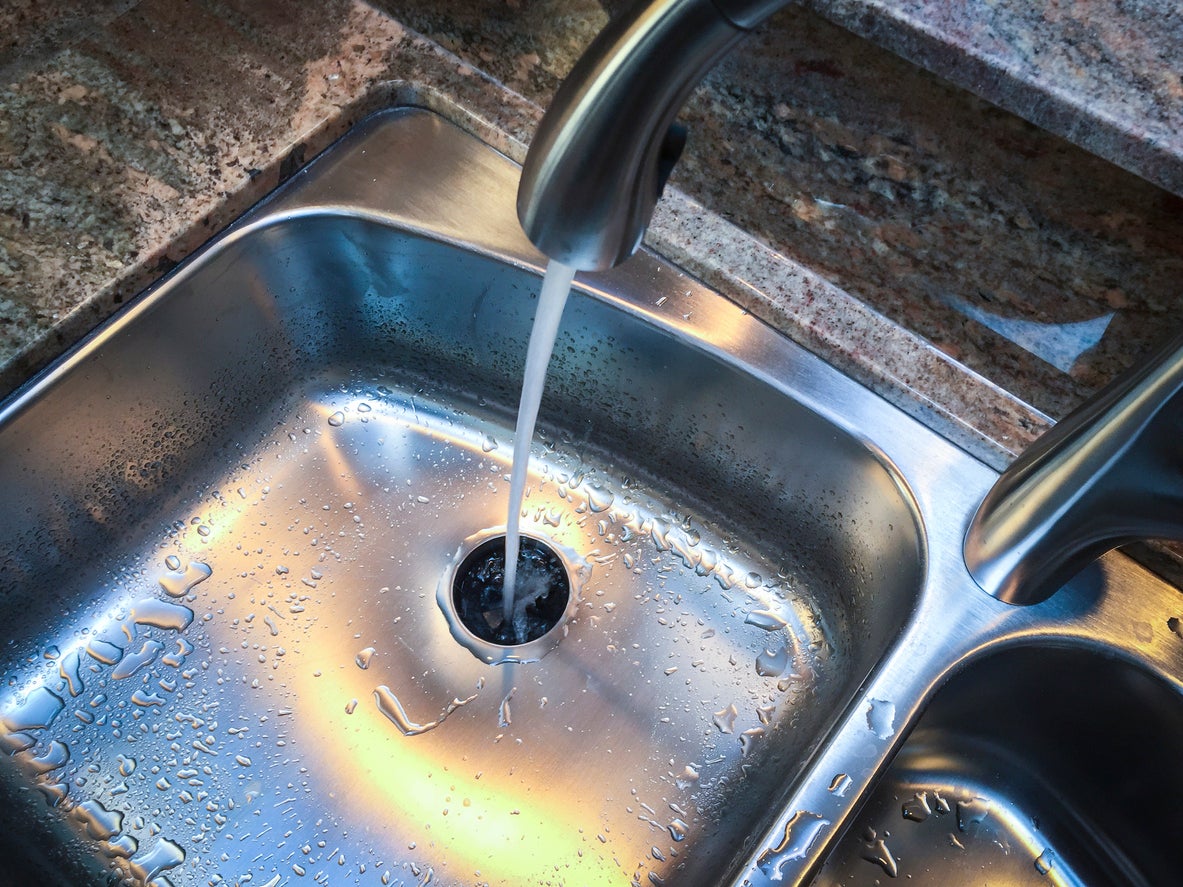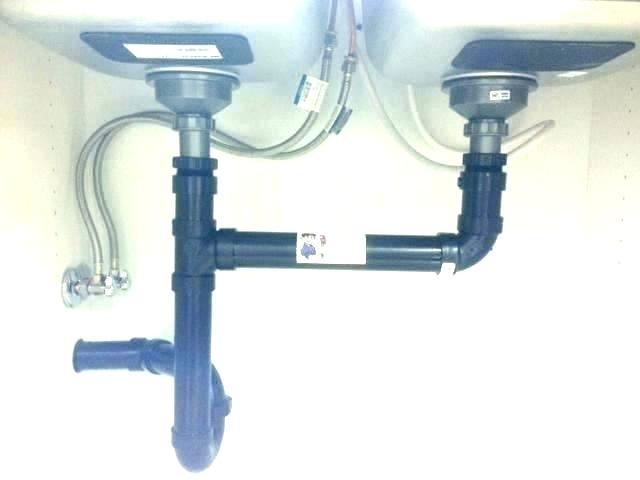An Definitive Guide to Fixing a Leaky Waste Disposal Unit
An Definitive Guide to Fixing a Leaky Waste Disposal Unit
Blog Article
What are your ideas regarding The Handy Guide To Fixing Your Garbage Disposal Leaking?

Waste disposal unit are crucial kitchen appliances that help in getting rid of food waste effectively. Nevertheless, a leaking garbage disposal can be an aggravating and unpleasant problem to handle. Fortunately, several leaks can be dealt with conveniently with a few straightforward actions. In this article, we will certainly talk about how to deal with a dripping waste disposal unit effectively.
Intro
Garbage disposals are installed under cooking area sinks and are made to shred food waste into smaller pieces, allowing it to go through the plumbing system conveniently. While these devices are usually reputable, leakages can take place over time due to wear and tear, loosened links, or damage to the device.
Step-by-Step Overview to Taking Care Of a Dripping Waste Disposal Unit
Switch off the Power
Before attempting any repair work, guarantee that the power to the waste disposal unit system is switched off to avoid the threat of electrical shock.
Find the Leakage
Identify the precise area of the leak and figure out the reason
Tighten Links
Make use of a wrench to tighten any kind of loose connections between the disposal device and the pipes system.
Change Seals or Gaskets
If the leakage results from worn seals or gaskets, eliminate the old parts and change them with new ones.
Patching Fractures or Openings
For cracks or holes in the disposal system, usage epoxy or an ideal patching material to secure the broken location.
Recognizing the Source of the Leak
Prior to trying to repair a leaking garbage disposal, it is essential to identify the source of the leakage. This can commonly be done through aesthetic examination or by carrying out straightforward examinations.
Visual Assessment
Evaluate the garbage disposal unit meticulously for any kind of signs of water leakage. Pay close attention to locations around seals, gaskets, and connection factors.
Testing for Leakages
One method to check for leakages is by running water via the disposal unit and checking for any noticeable indicators of leak.
Typical Sources Of Leakages in Garbage Disposals
Worn Seals and Gaskets
Seals and gaskets play an important role in preventing water from dripping out of the waste disposal unit. Over time, these elements can deteriorate, bring about leaks around the disposal device.
Loose Links
The connections between the waste disposal unit and the plumbing system can become loosened gradually, causing water to leakage out during operation.
Cracks or Openings in the Disposal Unit
Physical damage to the garbage disposal, such as fractures or openings in the real estate, can likewise lead to leaks.
Tools and Products Needed for Repairing a Dripping Waste Disposal Unit
Before starting the repair procedure, gather the needed devices and products, consisting of a screwdriver, flexible wrench, plumber's putty, substitute seals or gaskets, and epoxy or patching material for repairing splits or openings.
Examining the Garbage Disposal After Repair
As soon as the repair work is complete, test the garbage disposal by running water with it to ensure that the leak has actually been solved.
Preventive Upkeep Tips to Prevent Future Leakages
To stop future leakages, it is essential to do normal maintenance on your waste disposal unit. This consists of maintaining it tidy, preventing putting non-food items or tough objects down the disposal, and regularly looking for leaks or other concerns.
Conclusion
To conclude, taking care of a leaking waste disposal unit is a reasonably simple procedure that can be finished with basic devices and materials. By following the steps detailed in this write-up and exercising preventive upkeep, you can keep your waste disposal unit in good working condition and avoid expensive repairs in the future.
What to Do About a Leaking Garbage Disposal
A leaking garbage disposal often goes unnoticed until you confront a sopping cabinet, a foul-smelling puddle, or an audible drip-drip-drip from the unit. The fix can be frustrating, too, because the leak can stem from a number of components in the system. Fortunately, with a little sleuthing, you can zero in on the leak and—depending on the exact location—stop the icky oozing and repair the component that caused it. Worst case scenario, if it turns out that the garbage disposal must be replaced, installing a new one is a reasonable do-it-yourself task for those with basic plumbing skills. Read on to keep the cash you’d otherwise hand over to a pro.
Prepare to find the leak
Prior to testing the garbage disposal for leaks, unplug it at the wall outlet and turn off the power from the breaker box to prevent electrical shock. Then insert a watertight sink stopper into your sink drain and wipe the unit dry with a clean cloth. In any handy container, mix a few drops of food coloring into a few cups of water, and pour the dyed water onto the sink stopper to help you locate the leak.
Investigate the source
the top, where the disposal meets the sink drain the side, where the dishwasher hose or main drain pipe connects to the disposal or the bottom of the unit Inspect each of these locations while gliding a light-colored rag over the unit; the dyed water will readily show on the rag and reveal the location of the leak. If a leak isn’t immediately apparent, remove the sink stopper and pour a few more cups of dyed water down the sink drain, then check for leaks again. Leaks near the top of the unit are more likely to show themselves while the sink is plugged, while side and bottom leaks are more noticeable while the sink is unplugged.
The metal sink flange that sits directly inside the sink drain is typically sealed around the top with plumber’s putty (a clay-like sealant) and then secured from under the sink with bolts. If the plumber’s putty deteriorates, or the bolts loosen, the flange can no longer form a watertight seal between the sink drain and the disposal—which could cause a leak at the top of the unit.
To reseal the leaky flange, you must first detach the garbage disposal. Start by loosening the screws securing the main drain pipe to the disposal, then loosen the screws in the metal clamp securing the dishwasher hose to the disposal and detach the drain pipe and dishwasher hose from the disposal. Loosen the screws in the mounting ring that connects the disposal to the metal mounting assembly beneath the sink, then pull down the disposal and carefully set it on a clean, dry surface. Loosen the bolts in the mounting assembly with a wrench, then pull down the mounting assembly and set it near the disposal.

Do you really like reading up on The Handy Guide To Fixing Your Garbage Disposal Leaking? Put a short review down below. We would be delighted to listen to your suggestions about this piece. We are looking forward that you come back again soon. Sharing is good. Helping people is fun. We truly appreciate reading our article about The Handy Guide To Fixing Your Garbage Disposal Leaking.
Request Appointment Report this page